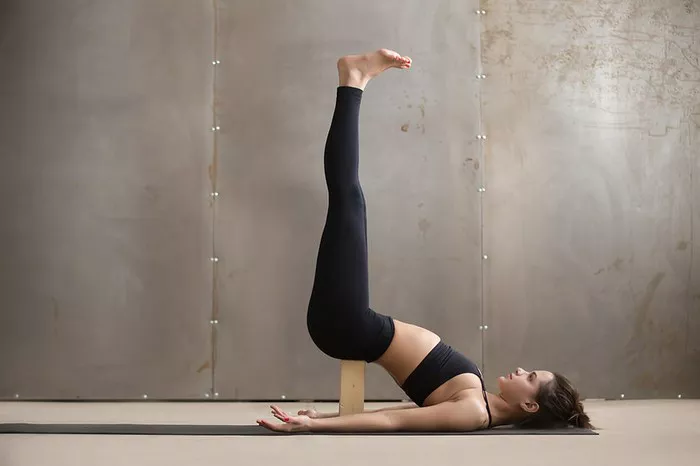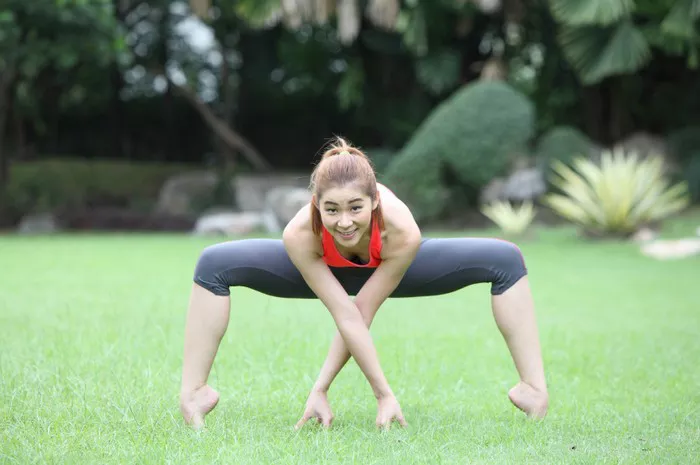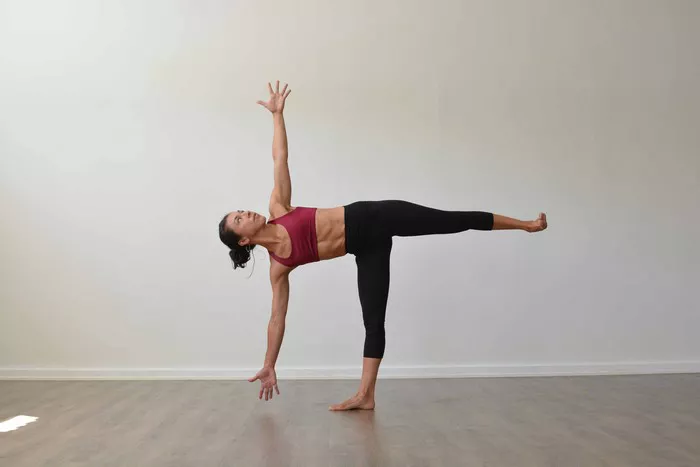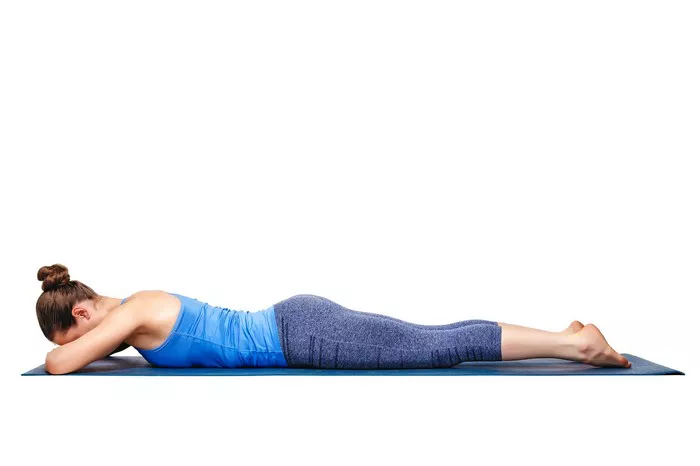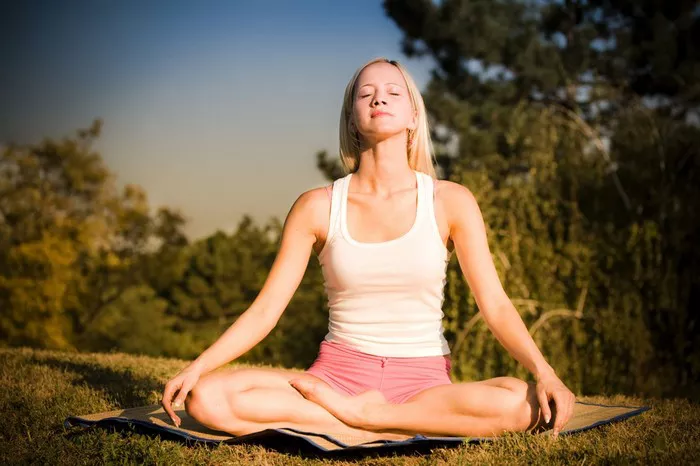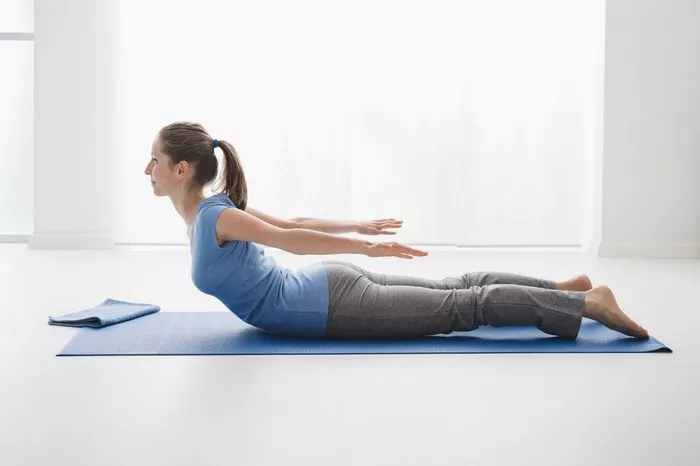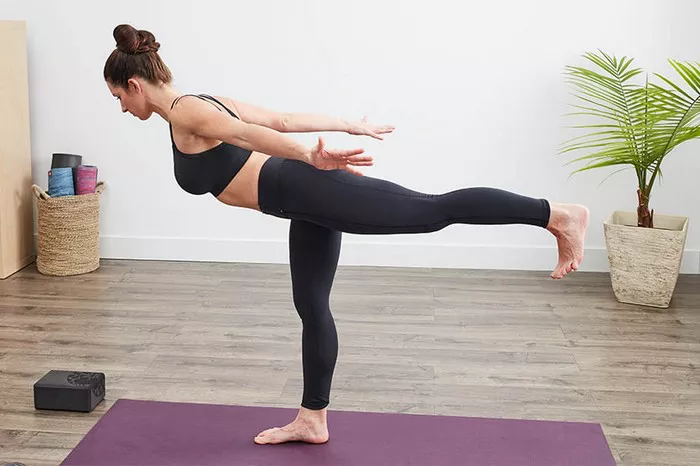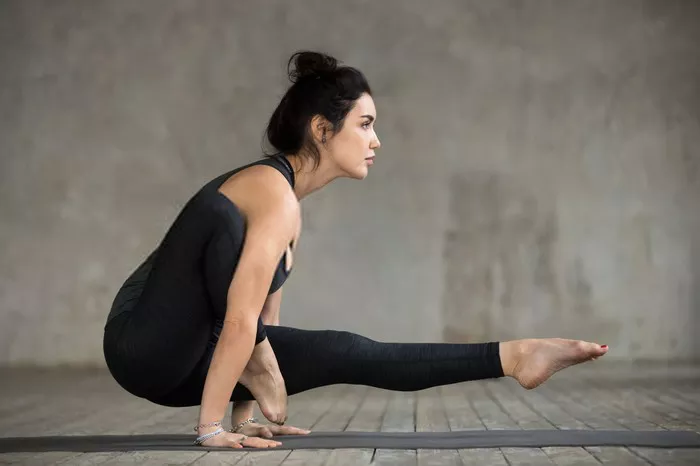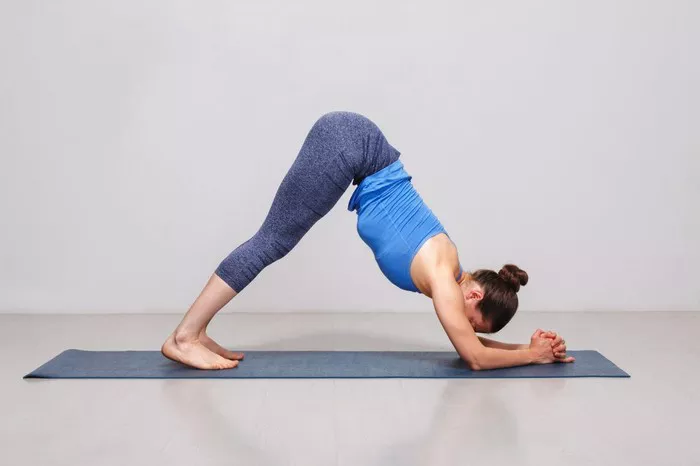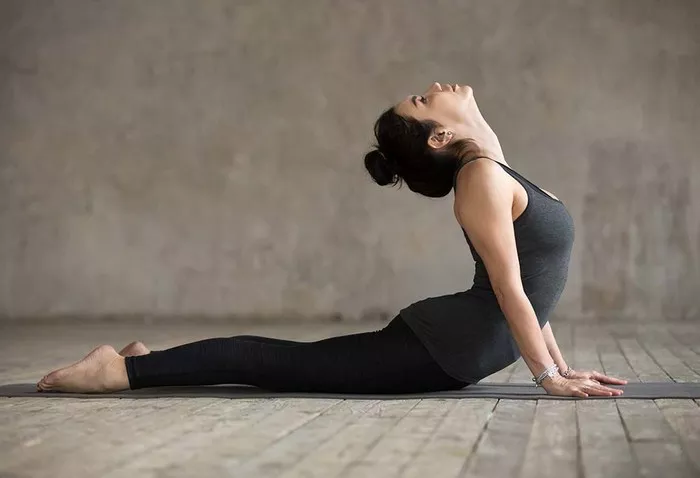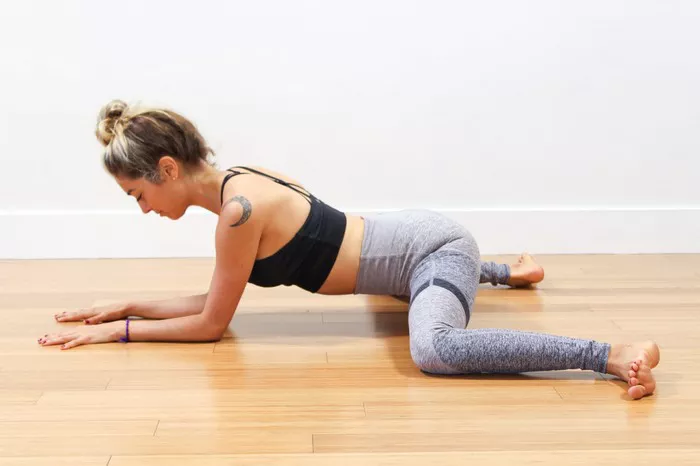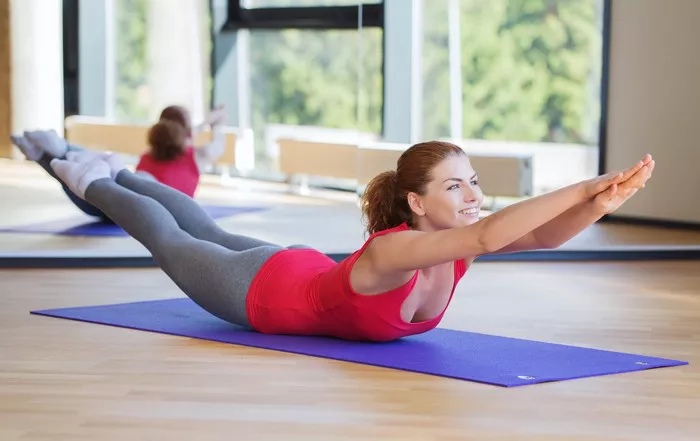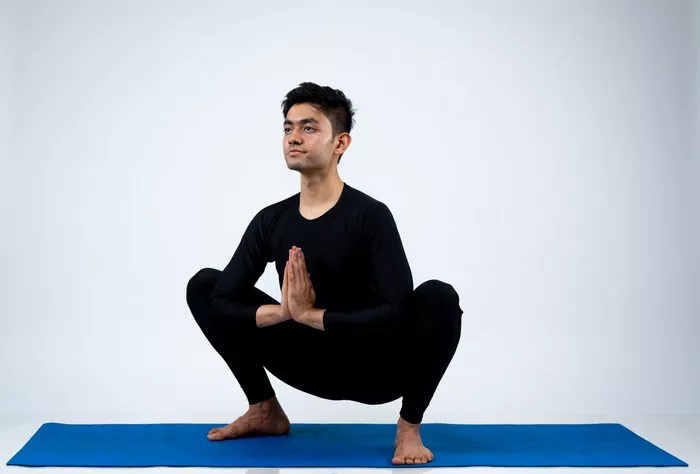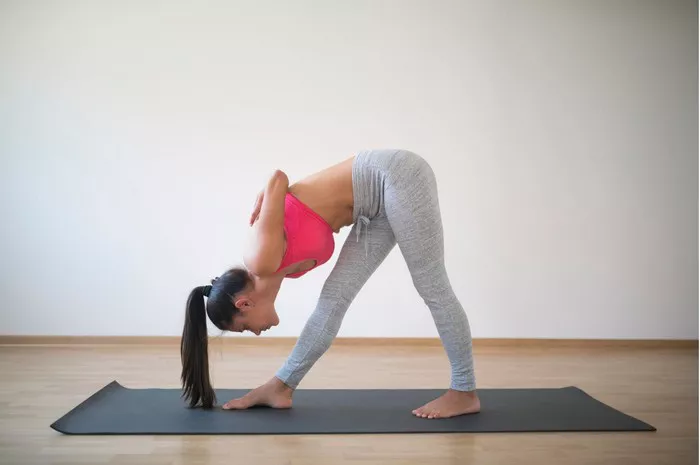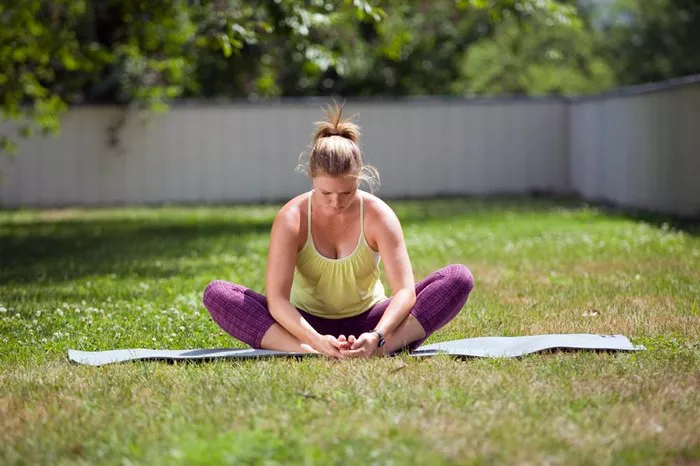Iyengar Yoga is a form of Hatha yoga developed by B.K.S. Iyengar. It is renowned for its emphasis on alignment, precision, and the use of props to aid in posture execution. This method stands out for its structured approach to the practice of asanas (poses), pranayama (breath control), and its progressive learning path, making it suitable for all levels, especially beginners. The primary aim is not only physical well-being but also the cultivation of mental clarity and inner peace. For anyone starting yoga, understanding the unique principles of Iyengar Yoga can offer a solid foundation for a lifelong practice.
Key Features of Iyengar Yoga
Iyengar Yoga differs from many other styles in several important ways. First and foremost is the emphasis on detail and body alignment. Practitioners learn to perform poses with precision, which reduces the risk of injury and enhances the therapeutic benefits. Secondly, the use of props such as blocks, straps, blankets, and chairs is integral. These tools help students perform poses they might otherwise find difficult. Thirdly, the sequencing in Iyengar classes is carefully planned to ensure a safe and logical progression of poses. This methodical approach supports gradual improvement in strength, flexibility, and focus.
Is There a Set Sequence in Iyengar Yoga?
Unlike Ashtanga Yoga, which follows a rigid series of poses, Iyengar Yoga does not rely on a fixed sequence. However, that doesn’t mean it’s random. In fact, Iyengar Yoga uses a structured approach to sequencing, but this structure is adaptable. Sequences are crafted based on the practitioner’s level, health condition, and the specific objectives of the session. This flexibility allows teachers to tailor sessions to the unique needs of each class while adhering to the principles of safe progression and alignment. Beginners often start with foundational sequences that emphasize standing poses and gradually progress to more complex asanas.
How Sequences Are Designed in Iyengar Yoga
Iyengar Yoga sequences are intelligently designed based on various factors. These include:
- Level of the Practitioner: Beginners start with simpler poses and gradually move on to more challenging ones as their practice matures.
- Health Conditions: Sequences can be therapeutic, targeting specific ailments like back pain, high blood pressure, or anxiety.
- Class Theme or Focus: A class might focus on opening the hips, improving posture, or calming the nervous system.
- Time of Day: Morning classes may energize with backbends, while evening classes may focus on restorative poses.
This careful design ensures a balanced and holistic practice.
The Role of Props in Sequencing
One hallmark of Iyengar Yoga is the extensive use of props. These tools play a critical role in sequencing because they allow students to access poses more safely and deeply. For example:
- Blocks: Help bring the floor closer, useful in standing poses.
- Straps: Aid in holding limbs when flexibility is limited.
- Chairs: Provide support in backbends and seated poses.
- Blankets and Bolsters: Offer comfort and support in restorative poses.
By using props effectively, sequences can be adapted for individuals with varying abilities, making the practice inclusive and therapeutic.
Examples of Beginner Sequences
To illustrate the non-fixed yet structured nature of Iyengar Yoga, here is a sample beginner sequence:
- Tadasana (Mountain Pose) – Establishes alignment and grounding.
- Utthita Trikonasana (Extended Triangle Pose) – Builds stability and opens the hips.
- Virabhadrasana II (Warrior II) – Strengthens the legs and improves endurance.
- Adho Mukha Svanasana (Downward Dog) – Stretches the spine and hamstrings.
- Setu Bandha Sarvangasana (Bridge Pose) – Opens the chest and shoulders.
- Supta Baddha Konasana (Reclining Bound Angle Pose) – Restorative and calming.
This sequence demonstrates how beginners are guided through foundational poses that build strength, flexibility, and awareness in a logical progression.
Therapeutic Sequencing in Iyengar Yoga
Therapeutic applications are a distinctive strength of Iyengar Yoga. Teachers undergo rigorous training to understand how to use poses and props to address specific health issues. For instance, a sequence for lower back pain might include:
- Supta Padangusthasana (Reclining Hand-to-Big-Toe Pose) with a strap
- Viparita Karani (Legs-Up-the-Wall Pose) with support
- Adho Mukha Virasana (Downward-Facing Hero Pose) for gentle spine elongation
These sequences are not arbitrary but are informed by anatomical understanding and decades of empirical practice. This attention to detail and customization is especially beneficial for people with injuries or chronic conditions.
Training and Teacher Guidance
Because of the complexity and adaptability of sequences in Iyengar Yoga, qualified teacher guidance is crucial. Teachers are certified through a rigorous process that includes years of practice, exams, and continuous study. They are trained to observe students closely and modify sequences accordingly. In a beginner class, a teacher may provide individual corrections and adjust the sequence based on the students’ response. This hands-on approach ensures safety and accelerates learning. Therefore, while you may find Iyengar sequences in books or online, personal instruction is highly recommended.
Progression Over Time
One of the strengths of Iyengar Yoga is the logical progression built into the practice. Beginners start with standing poses and basic seated postures. Over time, they move into inversions, backbends, and arm balances. Each stage builds on the previous one, with sequences evolving to reflect the student’s growth. Unlike styles that push practitioners into complex poses quickly, Iyengar Yoga prioritizes a strong foundation. This method reduces the risk of injury and leads to more sustainable progress.
The Role of Restorative Yoga
Restorative sequences are an important part of Iyengar Yoga. These sessions use props to support the body in restful poses held for extended periods. Unlike active sequences, restorative practices aim to calm the nervous system and promote deep relaxation. For beginners, these sequences can be particularly beneficial, helping them become attuned to their bodies and fostering a sense of well-being. They are also commonly included at the end of a regular class to allow the body to integrate the practice.
Common Myths About Iyengar Yoga
Many people assume that Iyengar Yoga is too rigid or only suitable for older practitioners. However, these are misconceptions. While the style is precise, it is also highly adaptable. Props and modifications make it accessible for all ages and abilities. Some also believe that the lack of a set sequence makes it less effective, but in reality, the flexibility allows for a more personalized and therapeutic approach. Understanding these myths helps newcomers appreciate the depth and versatility of the practice.
Comparison with Other Yoga Styles
When comparing Iyengar Yoga with other styles, its uniqueness becomes evident:
- Ashtanga Yoga: Follows a strict series of poses. Less adaptable.
- Vinyasa Flow: Emphasizes continuous movement. Less focus on alignment.
- Bikram Yoga: Always the same 26 poses. Performed in a heated room.
Iyengar Yoga stands out by offering a detailed, personalized approach that emphasizes alignment, safety, and long-term development. This makes it particularly appealing to beginners, those recovering from injuries, and anyone looking for a mindful practice.
Conclusion
So, is Iyengar Yoga a set sequence? The answer is both yes and no. While it doesn’t adhere to a rigid, unchanging order of poses like some other styles, it does follow a structured, intelligent progression based on well-established principles. This flexibility makes it highly effective for a wide range of practitioners. By focusing on alignment, using props, and adapting sequences to individual needs, Iyengar Yoga provides a comprehensive and accessible path for beginners and seasoned practitioners alike.
FAQs
Q: Can I practice Iyengar Yoga at home as a beginner?
A: Yes, but it is highly recommended to learn under a certified teacher initially to ensure proper alignment and use of props.
Q: How often should I practice Iyengar Yoga as a beginner?
A: Two to three times a week is a good start. Consistency is more important than intensity.
Q: Is Iyengar Yoga good for people with injuries?
A: Yes, Iyengar Yoga is especially effective for therapeutic purposes due to its use of props and focus on alignment.
Q: Do I need to be flexible to start Iyengar Yoga?
A: No. The practice is designed to help you develop flexibility safely over time.
Q: Are Iyengar Yoga classes physically demanding?
A: They can be challenging, but they are also accessible. The focus is on precision and awareness rather than speed or intensity.
Related Topics:

